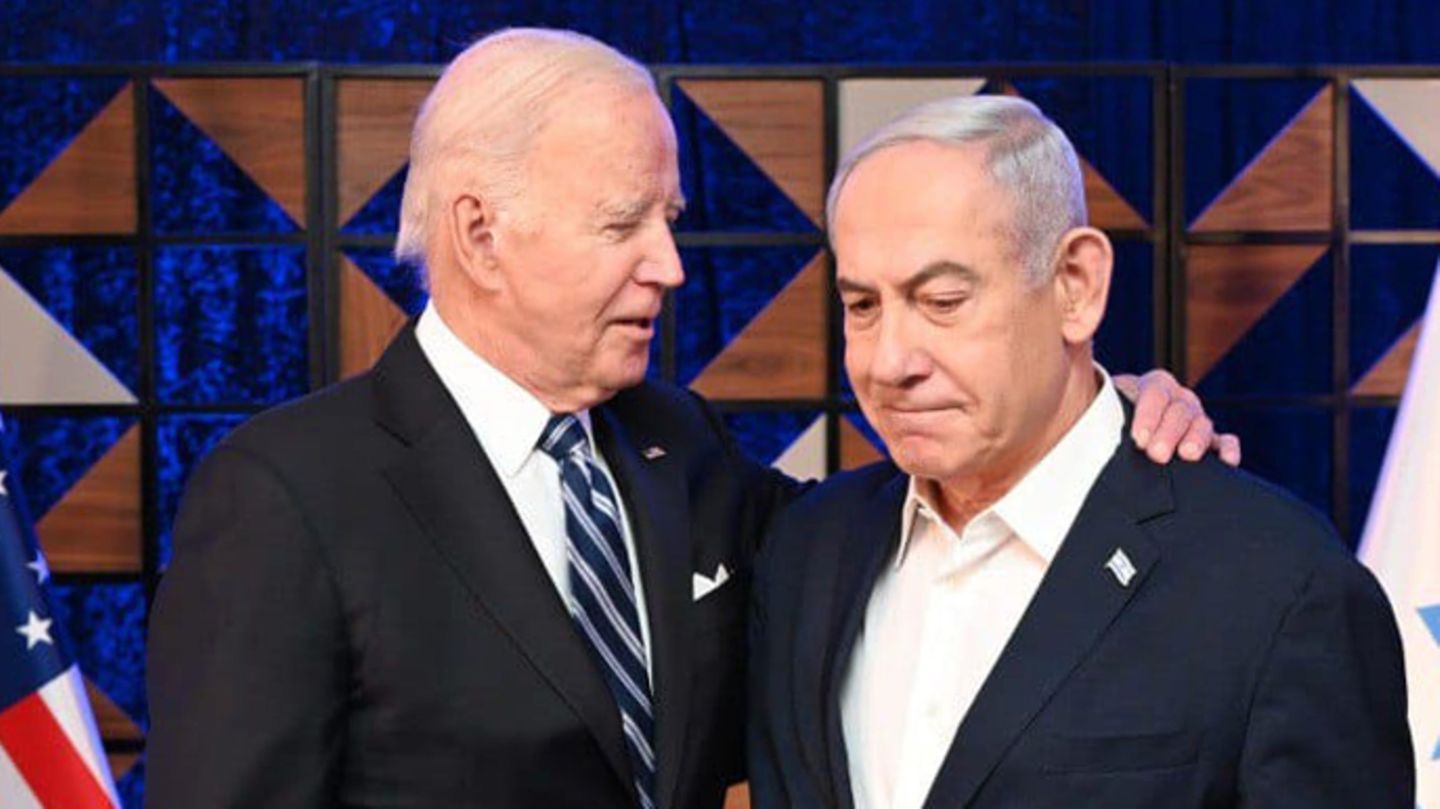I have been working in the news industry for over 6 years, first as a reporter and now as an editor. I have covered politics extensively, and my work has appeared in major newspapers and online news outlets around the world. In addition to my writing, I also contribute regularly to 24 Hours World.
Menu
Israel and the USA – the story of a complicated relationship of convenience
Categories
Most Read
The situation at a glance: Trump calls Putin and receives Zelensky
October 17, 2025
No Comments
Defense: Military service: Möller and Pistorius are ready to talk
October 17, 2025
No Comments
John Bolton: Former security adviser and Trump critic indicted
October 16, 2025
No Comments
Bundestag: Parliament’s new catalog of tough punishments
October 16, 2025
No Comments
US military and Venezuela: Media: US bombers flew near Venezuela’s coast
October 16, 2025
No Comments
Latest Posts

Patches for frown lines: These products have an anti-aging effect
October 17, 2025
No Comments
CarolineI’m Caroline, a journalist and author for 24 Hours Worlds. I specialize in health-related news and stories, bringing real-world impact to readers across the globe.

Against fluctuating fuel prices: What Baden-Württemberg is planning
October 17, 2025
No Comments
AngelicaI am an author and journalist who has written for 24 Hours World. I specialize in covering the economy and write about topics such as

Recognizing “werewolf syndrome” in dogs – this is how you react correctly
October 17, 2025
No Comments
CarolineI’m Caroline, a journalist and author for 24 Hours Worlds. I specialize in health-related news and stories, bringing real-world impact to readers across the globe.
24 Hours Worlds is a comprehensive source of instant world current affairs, offering up-to-the-minute coverage of breaking news and events from around the globe. With a team of experienced journalists and experts on hand 24/7.

